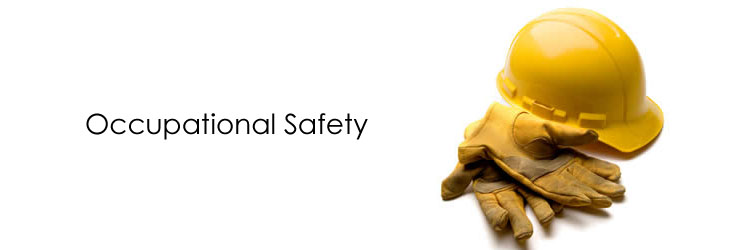Home » Pollution Control » Occupational Safety

Occupational Safety
-
Proper plant design and engineering controls in order to protect workers from occupational exposure to Lead, including by control of process and fugitive emissions
-
Appropriate codes of practice/policies/plant hygiene practices for the workforce and relevant management personnel.
-
Required education & training to workforce about facilities and protective equipment
-
Regular monitoring procedures including in-plant/perimeter environmental monitoring of Air Lead Levels
-
Screening of workforce Blood Lead Levels at 6 months interval
-
Advance planning of steps to be taken in case of crossing of prescribed action levels
-
Remedial actions, which may include engineering and process corrections, job rotation of workers with High Blood Lead Levels to no-exposure work areas
-
“Reduction of Lead Blood Level by Chelation Therapy, if required”
-
Dosing of calcium tablets at regular intervals to the workers to avoid any harm due to Lead exposure.
 Safety Majors
Safety Majors
Control Technologies for Air Emissions
Air emissions are measured at the point of creation, this does not take into account the fate of the emission, and for example sulfur dioxide is measured at the stack, not the site boundary.
The three main components of air emission produced at a Lead smelter/refinery are dust, metal fumes and sulfur dioxide gas.
Concentrating
 Methods for control of Air Pollution (Best Practices):
Methods for control of Air Pollution (Best Practices):
-
Enclose part or all the process area;
-
Keep ore / raw material damp, where possible;
-
Utilize wet spray suppression systems;
-
Wet and cover truck loads and stored concentrates;
- Enclose transfer points, equipment and the truck loading operation;
- ncorporate preventative maintenance on machinery to minimize leaks/leakages;
Processing Site
For loading and unloading areas the following measures should be considered:
-
Enclose the areas, where possible;
-
Where it is not practical to enclose the area, water spray suppression systems should be installed on the unloading and loading facilities; and
Smelting/Refining



